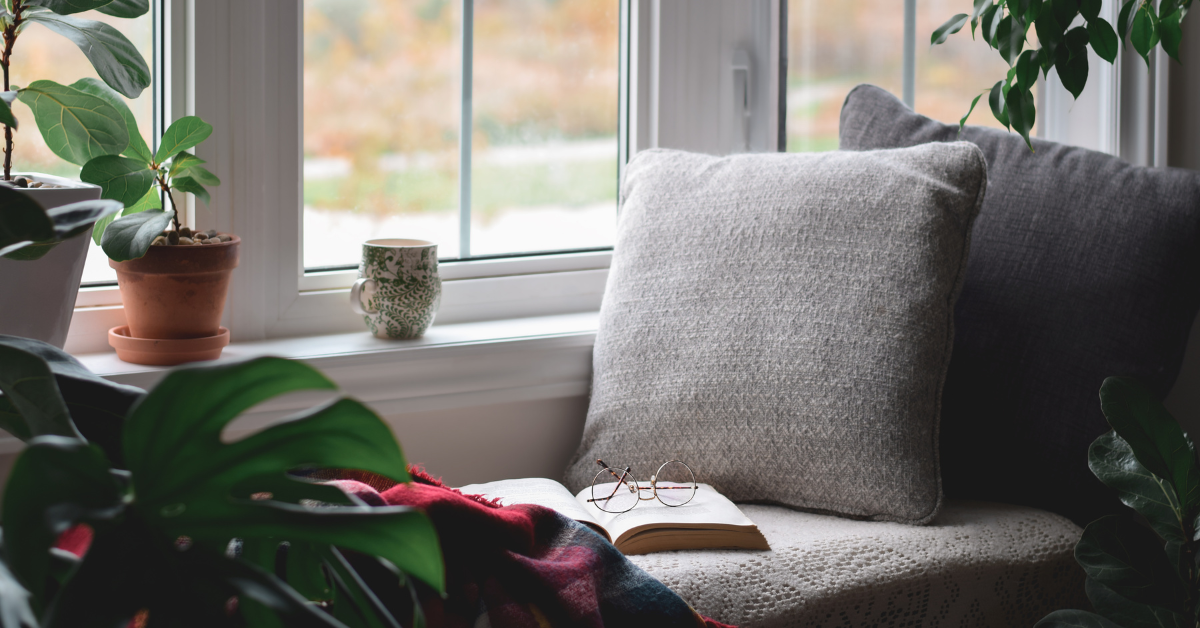Achieve balance with a tech-free zone — how to improve your home’s functionality and ambience

In the last thirty years, technological advances in communication have driven tremendous developments. Remote villages in Africa and South America are now connected to the developed world through the internet. Closer to home, WiFi and connectivity have become ubiquitous, allowing us to be constantly connected to others globally via various platforms and websites. This constant connectivity is both a gift and a curse. According to a recent research bulletin from the Office for National Statistics, 82% of adults in Great Britain use the internet daily.
While connectivity offers many benefits, it also brings challenges. With constant access to WiFi, when and where do you unwind? Traditionally, employees could escape work by returning home, but now work can be accessed anywhere via laptops or mobile devices. Creating a technology-free zone in your home can help mitigate these challenges. Here are four compelling reasons why you should consider it.
Healthier Relationships
A technology-free bedroom fosters healthier relationships. Couples who remove laptops, tablets, and mobiles from the bedroom tend to communicate better and have higher levels of intimacy than those who don’t. This tech-free living space encourages meaningful conversations and deeper connections, essential for maintaining strong relationships.
Better Sleep
Reading a few pages of a good book is far more effective for winding down after a long day than more screen time. The visual stimulation from checking emails or social media before bed has been proven to shorten average sleep duration. Creating a tech-free zone in your bedroom can improve your sleep quality and overall well-being.
Carpe Diem
Many successful people attribute their success to having a morning routine that allows time for reflection, meditation, or planning the day. Tony Robbins recommends creating the right habits for success and happiness. By designating a room in your home as a tech-free zone, you create a space to focus on your goals without distractions from connected devices. This functional interior design approach can significantly enhance your productivity and mindfulness.
Rooms Retain Original Use
Creating a tech-free zone helps rooms retain their original functionality. Bedrooms become places to sleep, and work can be confined to the study or home office. This separation helps establish a more natural equilibrium between work and life, promoting a healthier lifestyle and improving room functionality.
How to Create a Tech-Free Zone in Your Home
To create a tech-free zone, designate a specific room, such as your bedroom or a library. Emphasize non-tech activities like reading, meditation, or yoga. Enforce the device-free nature of the room, and you’ll soon find that this tech-free space becomes one of the most popular areas in your home.
Would you like professional help to create a technology-free zone in your home or workplace? As one of the “20 Best Interior Designers in Britain” recognized by The Daily Telegraph, I design for clients in London, San Francisco, and New York. My team and I offer a complete service to help you achieve a serene, tech-free living space. Contact me at liza@lizaevans.com to start the conversation. I look forward to hearing from you.
